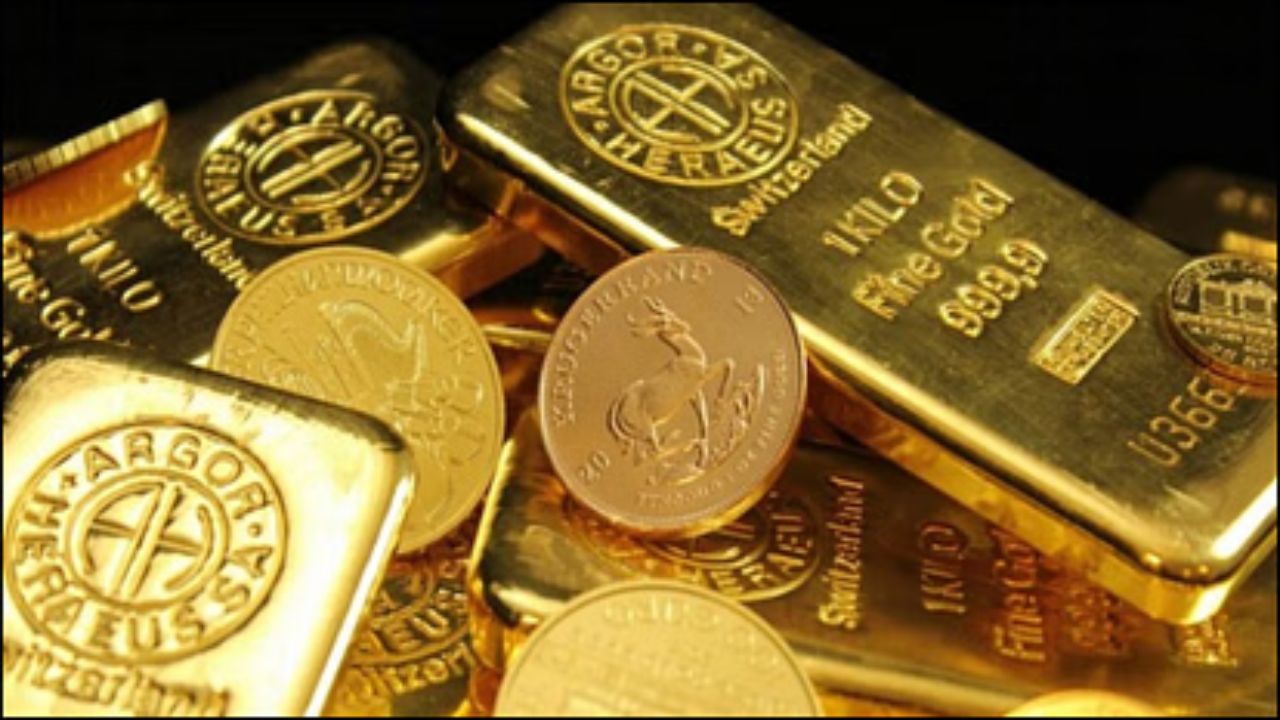Gold isn’t just a precious metal in India — it’s a way of life.
As of June 2025, India holds a staggering 34,600 tonnes of gold, valued at approximately ₹3,35,76,735 crore (US$ 3.785 trillion), according to a Morgan Stanley note. That’s 88.8% of India’s GDP — and 3.1 times more than the current equity holdings of Indian households, which stand at ₹1,05,12,135 crore (US$ 1.185 trillion).
These numbers reaffirm what many already know: India is one of the world’s largest gold markets, driven by cultural heritage, investment preferences, and trust in gold as a store of value and inflation hedge.
A Global Powerhouse in Gold
According to the World Gold Council, India accounted for 26% of global gold demand as of June 2025, second only to China’s 28%.
Gold has long been woven into India’s social and economic fabric — from wedding jewellery to temple donations to family investments passed down for generations. While the world sees gold as an asset, many Indian households see it as wealth security.
- Total gold held: 34,600 tonnes
- Value: ₹3,35,76,735 crore (US$ 3.785 trillion)
- Share of GDP: 88.8%
- Equity holdings comparison: 3.1x
Jewellery Still Rules — But Investment Demand Is Rising
While jewellery remains the backbone of gold demand, making up around two-thirds of total consumption, there’s a noticeable shift in retail investment.
Investment in gold bars and coins rose from 23.9% in June 2020 to 32% in June 2025 — reflecting a growing trend of Indians viewing gold not just as ornamentation but as a financial asset.
In volume terms, India’s annual gold consumption has been stable between 750–840 tonnes since 2021, lower than the 2011 peak of 1,145 tonnes. But the value of this consumption has soared, hitting an all-time high of ₹6,03,228 crore (US$ 68 billion) in June 2025, up from ₹3,90,324 crore (US$ 44 billion) just two years earlier.
This surge is not because of more gold, but because of higher domestic prices, which reached ₹3,59,809.79 (US$ 4,056) per ounce.
A Shift in Household Portfolios
Interestingly, while India remains loyal to gold, household investment patterns are evolving.
- Bank deposits have dropped from 40% of household savings in FY24 to 35% in FY25.
- Equity allocation rose from 8.7% to 15.1% during the same period.
This indicates a growing financial diversification, especially among younger and urban investors.
Equities on the Rise
Mr. Ridham Desai, Head of India Equity Research at Morgan Stanley, predicts that this shift toward equities will accelerate in the coming years. He points to several factors:
- Favourable demographics (a young, growing investor base)
- Improved investor education
- Low historical equity ownership
- Retirement fund reforms
- A stronger regulatory environment
While gold will likely remain India’s most trusted asset, equities are beginning to carve out their own space in household portfolios.
Gold and Equities: Coexisting, Not Competing
India’s relationship with gold is centuries old. It’s cultural, emotional, and economic. But the rise of equity ownership doesn’t mean gold’s importance is fading — it means India’s financial landscape is maturing.
Gold continues to protect wealth, while equities increasingly create it. Together, they represent a balanced strategy for millions of Indian households navigating changing economic realities.
✨ Key Takeaway:
India’s gold reserves are vast, reflecting both tradition and trust. But the growing appetite for equities signals a nation ready to embrace financial evolution without abandoning its cultural roots.
Source: IBEF


